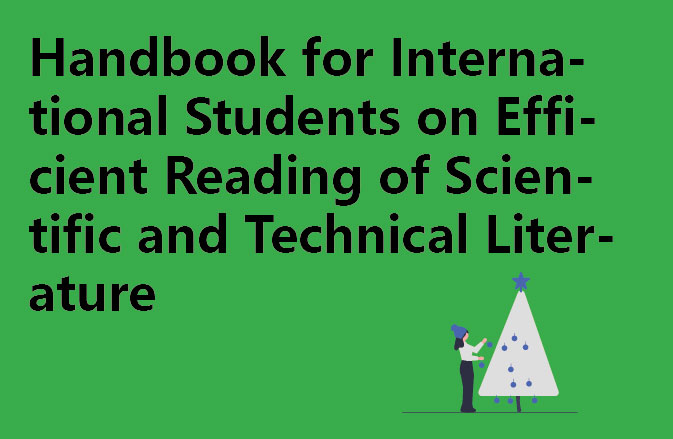I. Preface
This manual aims to help teachers access scientific and technological research results and journal articles more efficiently. Detailed descriptions are given in terms of research objects, objectives, and related tools, with a view to helping teachers acquire the skills and methods to quickly understand and apply the literature.
II. Summary of key points
1. Define research objectives and topics: Before starting to read, one should define one’s research objectives and topics in order to select appropriate literature in a targeted manner.
2. use key words for literature search: by using specific key words for literature search, you can find the required information more accurately.
3. Summarise and summarise: Summarise and summarise the important information in the literature you have read in a form that is easy to understand and apply.
Third, the specific operation steps
1. Browse the title, abstract and conclusion of the literature: through these parts, you can quickly understand the author’s main ideas and research issues.
2. delve into the introductory part: for beginners or those who are not familiar with the field, the introductory part is an important way to understand the background knowledge.
3. Use tools to assist reading: use plug-ins such as Easyscholar and Scholar Scope for literature search and screening; use websites such as Hundred Link Literature, SCI-Hub, Web of Science, etc., to find the full text of English literature; use software such as Zetero, Zhiyun, Caiyun Xiaoyi Translation, DeepL, SCI Translate, etc., for literature reading and translation; use software such as Zototron to read and translate literature; use Zotron to read and translate literature. Use Zetero, Zhiyun, , SCI Translate and other software to read and translate literature; use Zotero, Word, Excel, EndNote and other software to manage literature.
Notes
1. Maintain concentration: In the process of reading, you should focus your attention and avoid distraction.
2. Record in time: Important information and ideas should be recorded in time for subsequent reference and citation.
V. Conclusion
We hope that the above suggestions can help teachers to improve the reading efficiency of scientific and technological literature and better carry out teaching and research work.




